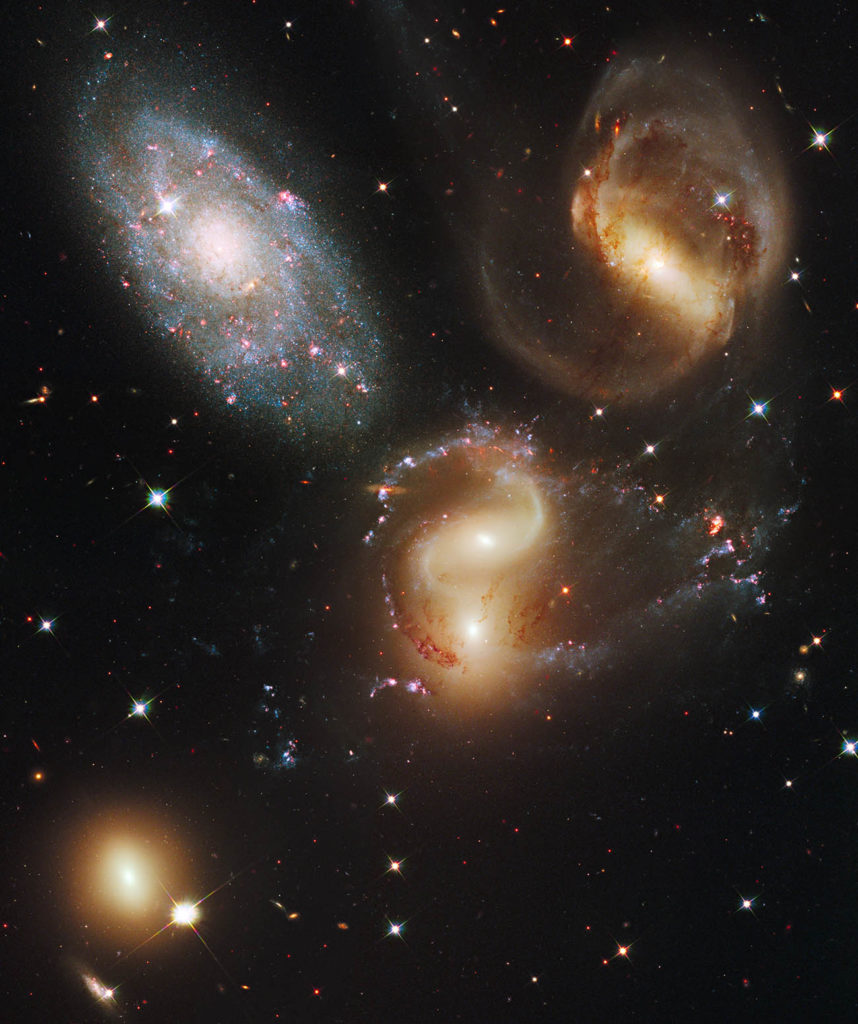The James Webb Telescope's scientific activities will begin with the exploration of a giant gas planet
Carina Nebula (NGC 3372)
It is one of the largest and brightest nebulae in the world.sky. It is located at a distance of about 7.6 thousand light years from Earth in the southern constellation Carina. Within the Carina Nebula are the Homunculus Nebula, the Keyhole Nebula, and several open star clusters.
Nebulae are stellar nurseries where stars form. In NGC 3372, many massive stars have been found, several times larger than the Sun.
 The Carina Nebula as seen by the Hubble Telescope. Source: NASA, The Hubble Heritage Team (AURA/STScI)
The Carina Nebula as seen by the Hubble Telescope. Source: NASA, The Hubble Heritage Team (AURA/STScI)
Eight Flare Nebula (NGC 3132)
Planetary nebula in the constellation Parus.It's an expanding cloud of gas surrounding a dying star. Its diameter is almost half a light year, and it is located about 2 thousand light years from Earth.
 A nebula with eight flashes in a Hubble telescope image. Source: The Hubble Heritage Team (STScI/AURA/NASA)
A nebula with eight flashes in a Hubble telescope image. Source: The Hubble Heritage Team (STScI/AURA/NASA)
Exoplanet WASP-96b
WASP-96b is a gas giant.This planet is located at a distance of about 1120 light years from Earth in the constellation Phoenix. The mass of WASP-96b is almost half that of Jupiter. But, unlike the giant of the solar system, which takes about 12 years to orbit the sun, this exoplanet orbits its star in just 3.4 days.
 Estimated appearance of the planet WASP-96b. Source: Engine House
Estimated appearance of the planet WASP-96b. Source: Engine House
Stephen's Quintet
It is a group of five galaxies in the constellation Pegasus.Four of the five galaxies in this quint are frozen in a cosmic dance of convergence. The fifth galaxy is only projected onto the group. This is the very first compact group of galaxies ever discovered. It was discovered by the French astronomer Edouard Jean-Marie Stéphane back in 1877.
 Stefan's Quintet as seen by the Hubble Telescope. Source: NASA, ESA, and the Hubble SM4 ERO Team
Stefan's Quintet as seen by the Hubble Telescope. Source: NASA, ESA, and the Hubble SM4 ERO Team
Galaxy cluster SMACS 0723
This is a massive cluster of galaxies that canbe used as a galactic lens. The object's powerful gravity amplifies and deflects the light of objects behind it. As a result, scientists can see extremely distant and ultra faint objects.
 SMACS 0723 cluster. Source: STScI
SMACS 0723 cluster. Source: STScI
Previously, Hi-Tech talked about a service picturethe James Webb telescope, which was used to set up the telescope and had to be removed immediately. This random shot turned out to be the deepest infrared image of the cosmos.
Cover image: Artistic illustration of a telescope. Source: ESA/ATG medialab
Read more:
The main myth about dinosaurs has been refuted: scientists have understood how reptiles took over the planet
350 million years ago, something strange happened to the Earth: it affected habitability
A huge ozone hole has been found. It is dangerous for 50% of the world's population and is visible all year round.